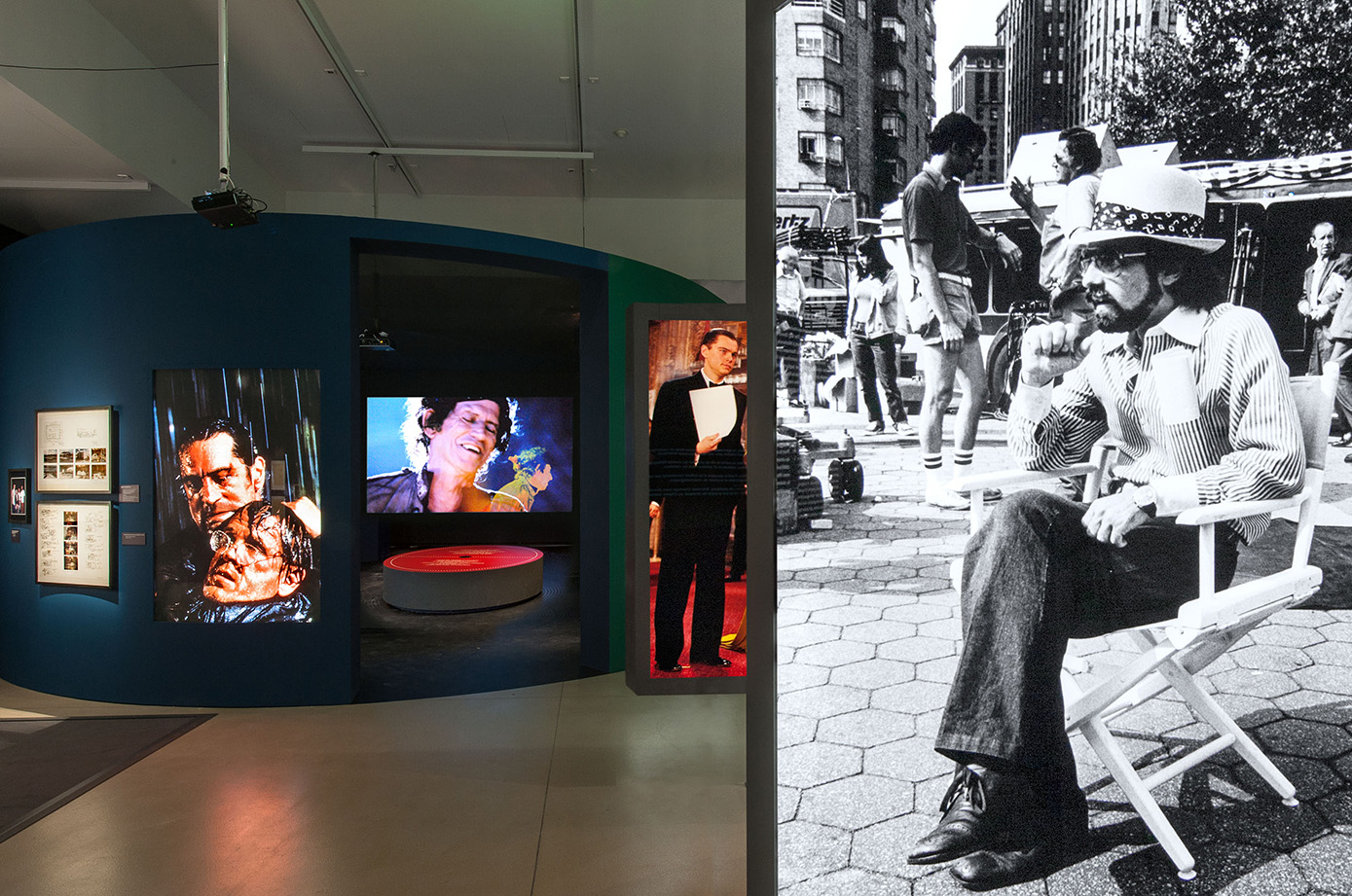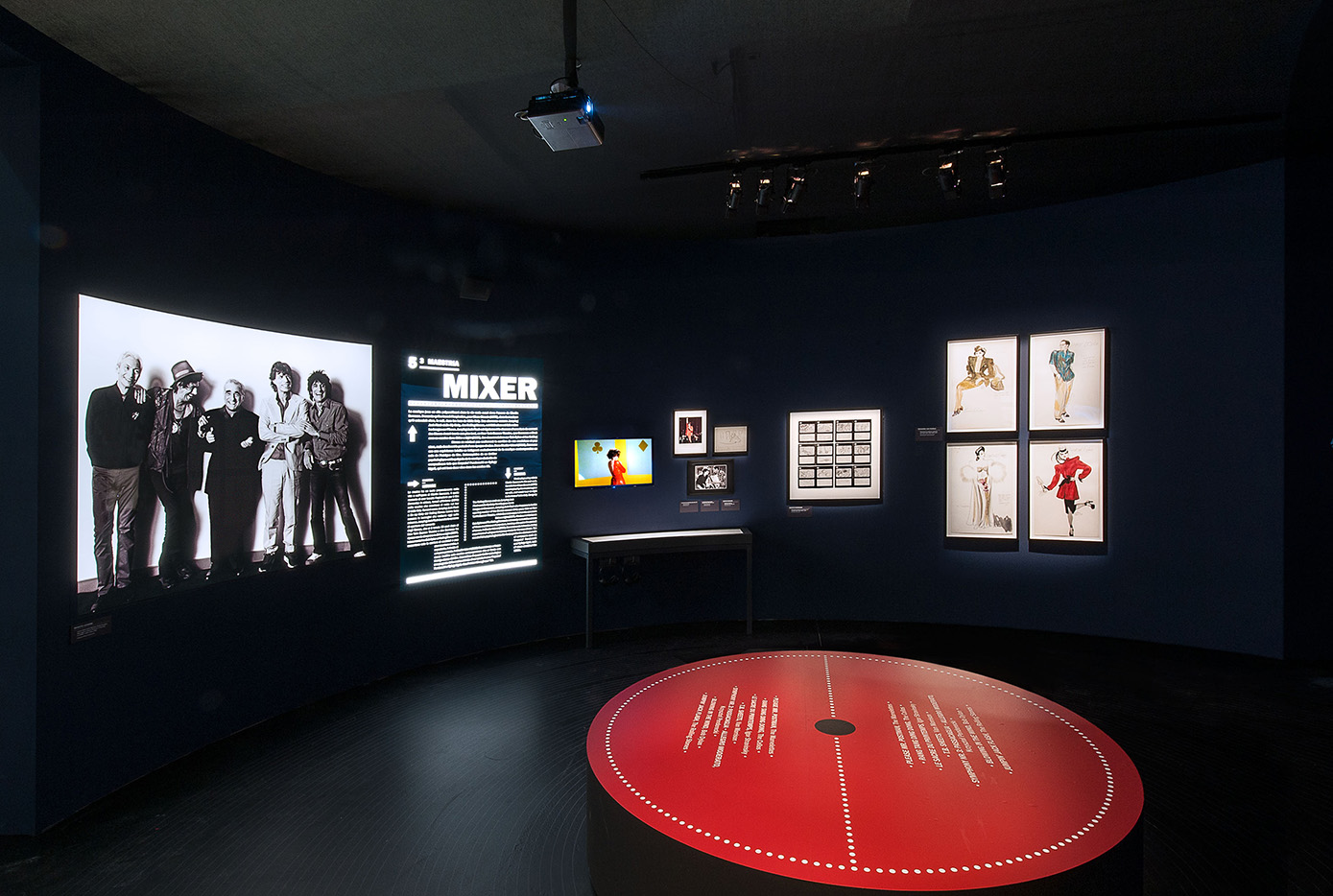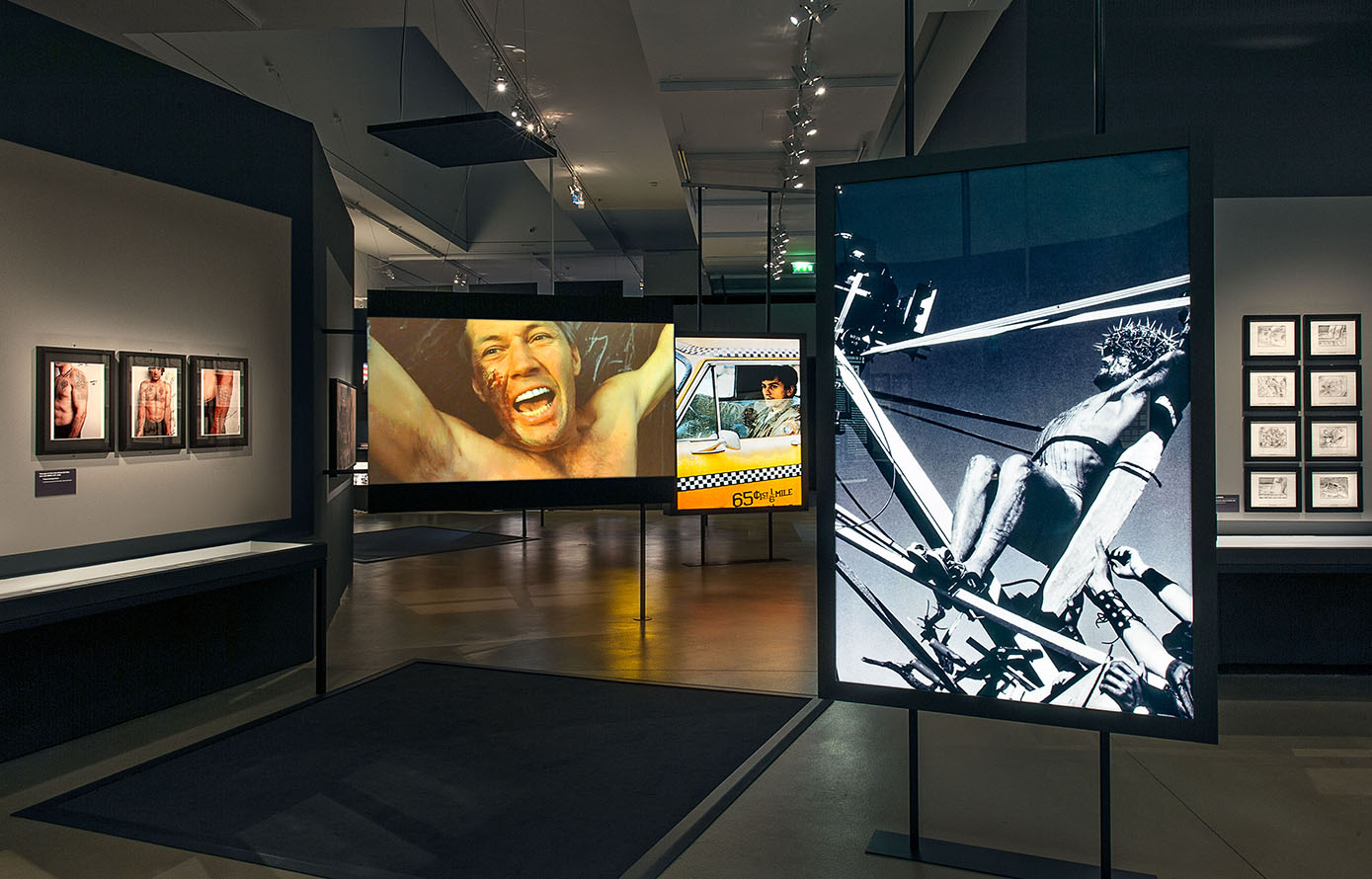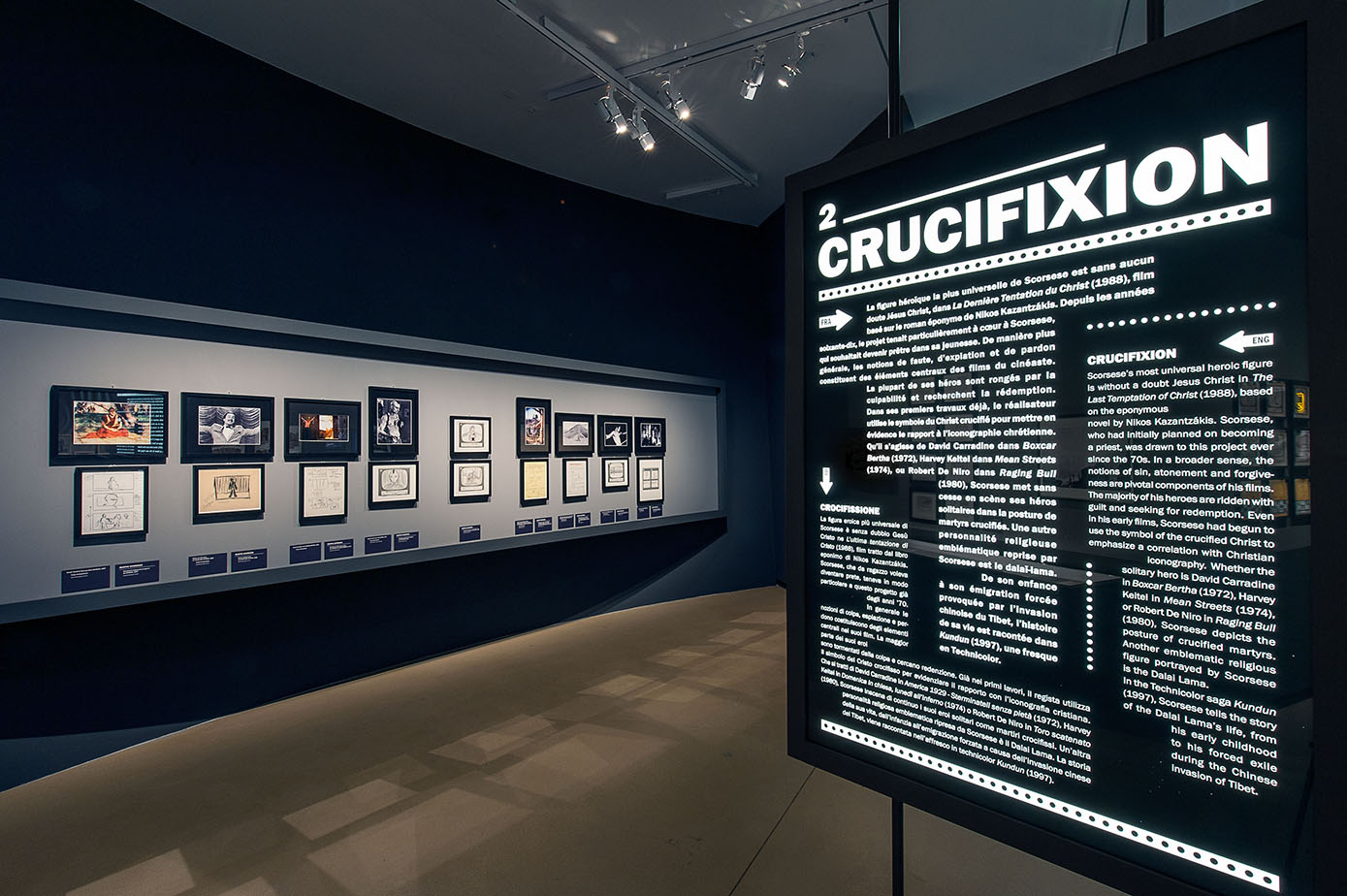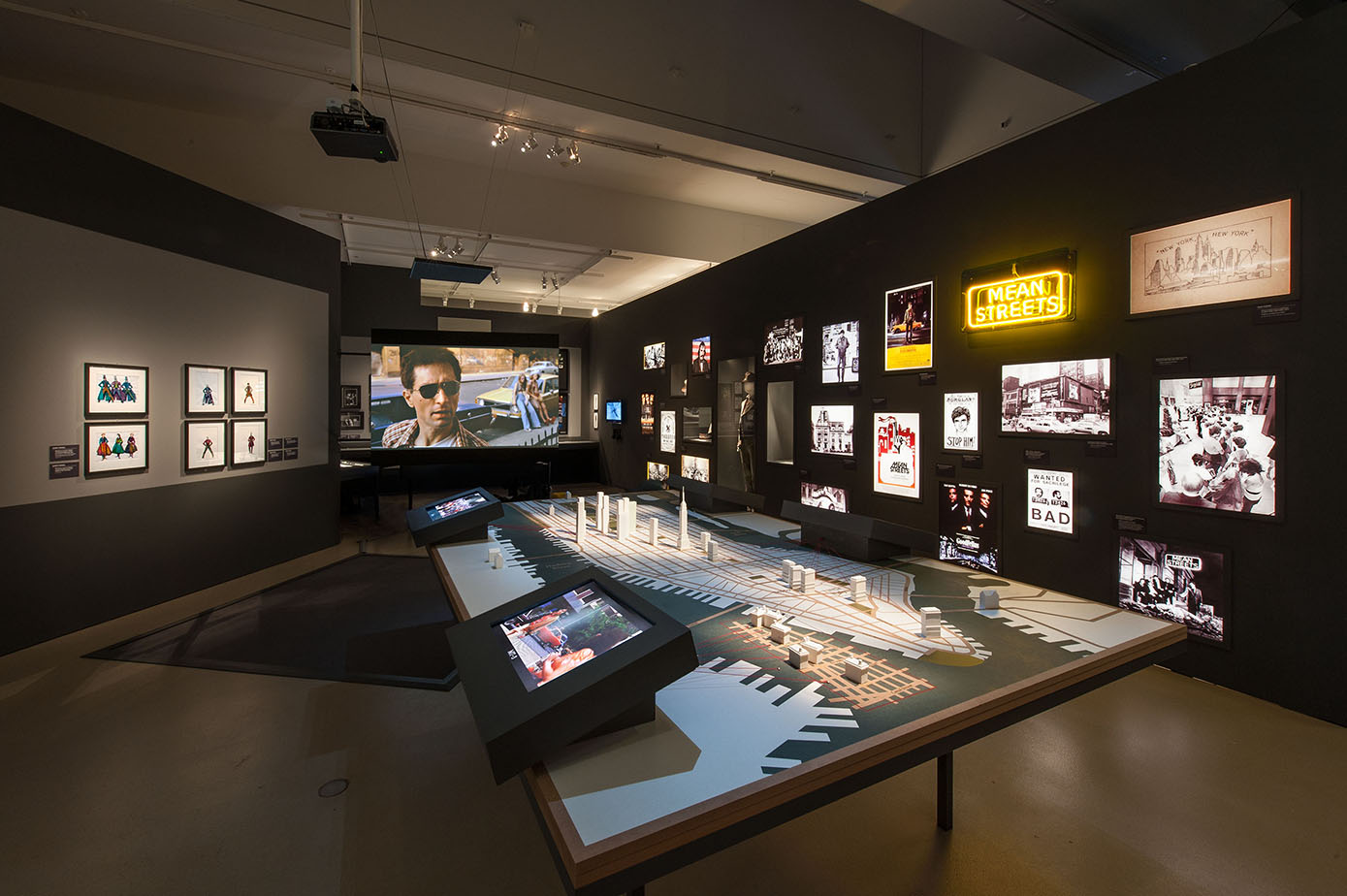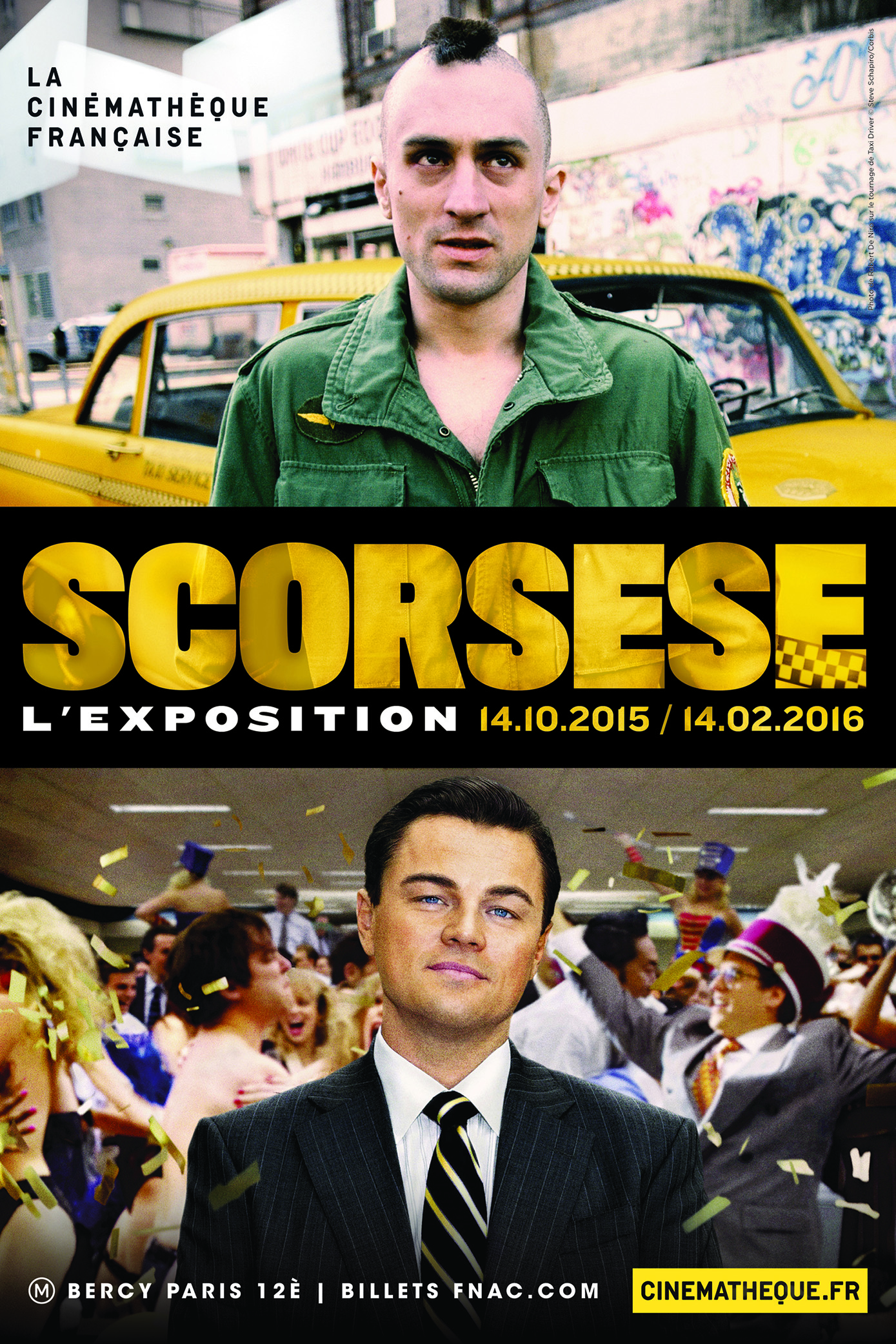19 November 2015
Martin Scorsese has been exploring the human psyche with the attentive and stereoscopic vision of someone who is familiar with folly since the end of the sixties. The settings and periods of his movies change, but the characters are seized by the same existential doubts. A leading figure on the New Hollywood scene, Scorsese has left his mark on the history of the cinema of the last forty years. To celebrate his work, the Cinémathèque française in Paris is devoting a retrospective to him. Curated by Matthieu Orléan and based on an idea by Kristina Jaspers and Nils Warnecke of the Deutsche Kinemathek, it is constructed out of documents from the director’s private archives and completed by exhibits drawn from prestigious collections in Europe and the United States. The exhibition reveals the codes underlying a complex aesthetic, presenting his sources of inspiration and his methodology in parallel. Scorsese is the product of a visual culture characterized by an urban and family imagery that draws on two different worlds, those of Italy and America. Street life and academia are fused in a unique vision of cinema: a savage and violent, almost primitive dimension, but one that is at the same time transcendental and sacred. The exhibition is divided into five sections. The first is called “De nouveaux héros” and is devoted to Scorsese’s Italo-American origins, his friendships and the figure of the woman: if in Goodfellas (1990) the family is an emblem of controlled power, Mean Streets (1973) and Raging Bull (1980) speak of the fraternal bond that unites friends in their responsibilities and their wrongdoings. The second section, “Crucifixion,” focuses on the figure of Jesus in The Last Temptation of Christ (1988) and, more in general, that of the solitary hero and the expiation of sin. It is followed by “Au cœur de New York,” a panoramic view of the city that sets out to uncover the heart hidden among the skyscrapers: unforgettable the view of Times Square through the eyes of Travis Bickle in Taxi Driver (1976) or the blighted districts of Gangs of New York (2002). From his admiration for Hitchcock to his homage to George Méliès, the “Inspirations” section bears witness instead to the influences on his work and to his great respect for the classics. Finally, “Maestria” investigates his sophisticated cinematic language, with its virtuoso handling of movement and the profound tensions created by his characters, as well as the meticulous organization of his films by means of storyboards that plan out the action sequence by sequence. Histoires de New York is well worth a visit.
Martin Scorsese
La Cinémathèque française
A cura di Matthieu Orléan, Kristina Jaspers e Nils Warnecke
14 ottobre 2015 > 14 febbraio 2016

Asa Butterfield e/and Martin Scorsese. Hugo Cabret, 2011. Martin Scorsese Collection, New York.
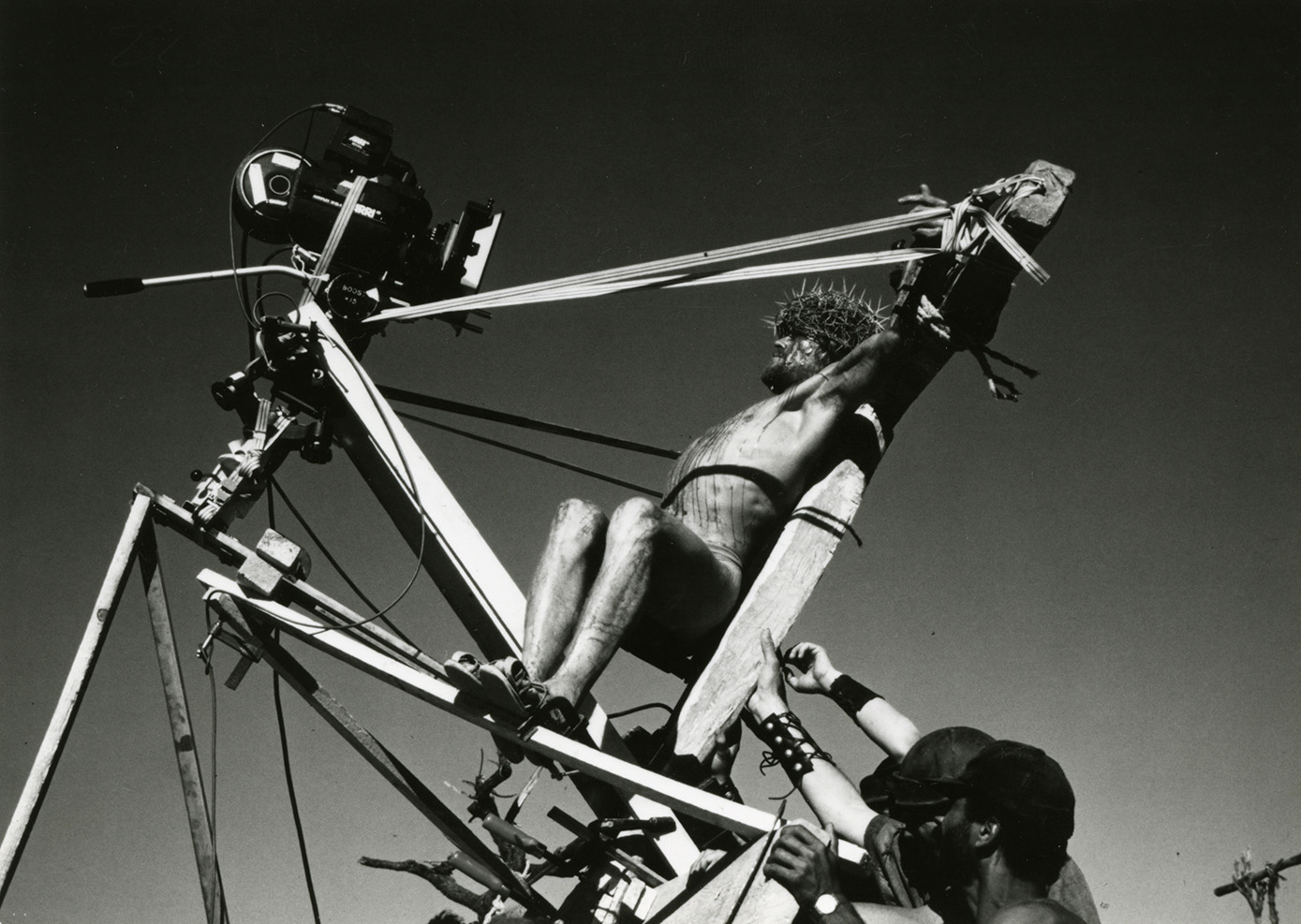
The Last Temptation of Christ, 1988. © Universal City Studios Inc.
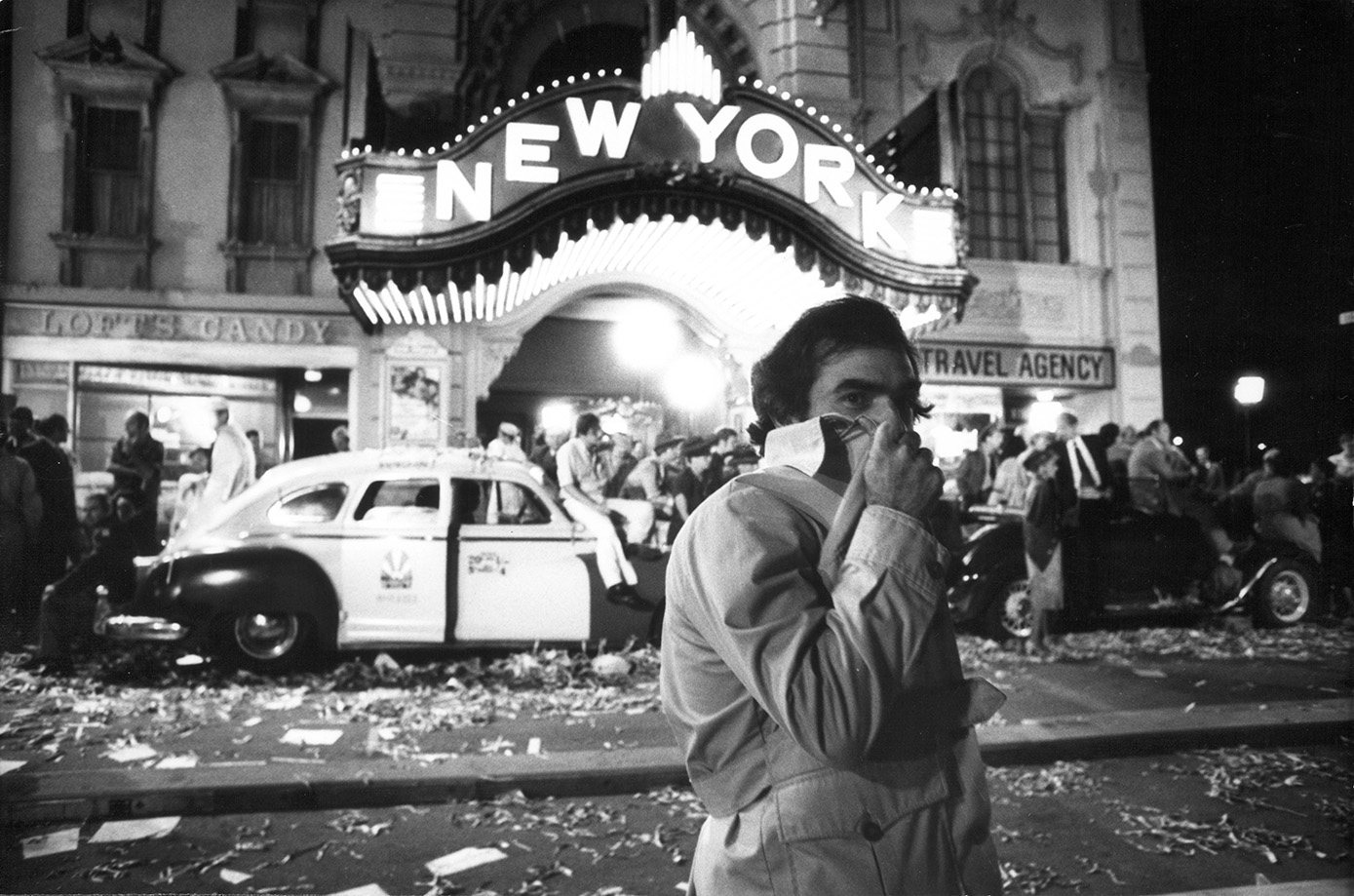
Martin Scorsese, New York, New York, 1977. Martin Scorsese Collection, New York.

Martin Scorsese e/and Robert De Niro, Taxi Driver, 1976. Martin Scorsese Collection, New York.

Ray Liotta, Robert DeNiro, Paul Sorvino, Martin Scorsese e/and Joe Pesci, Goodfellas, 1990. Martin Scorsese Collection, New York.
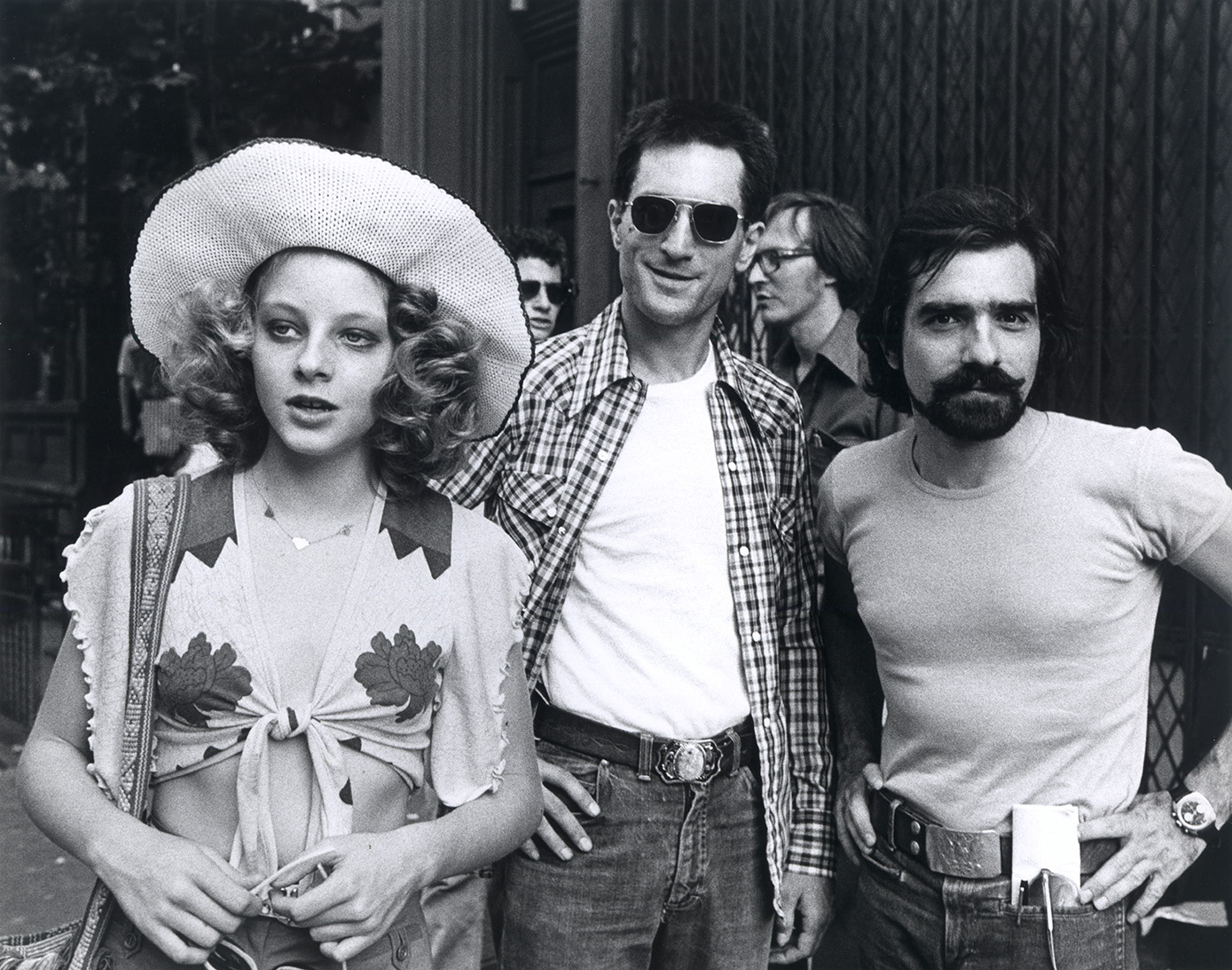
Jodie Foster, Robert De Niro e/and Martin Scorsese, Taxi Driver, 1976. Martin Scorsese Collection, New York.
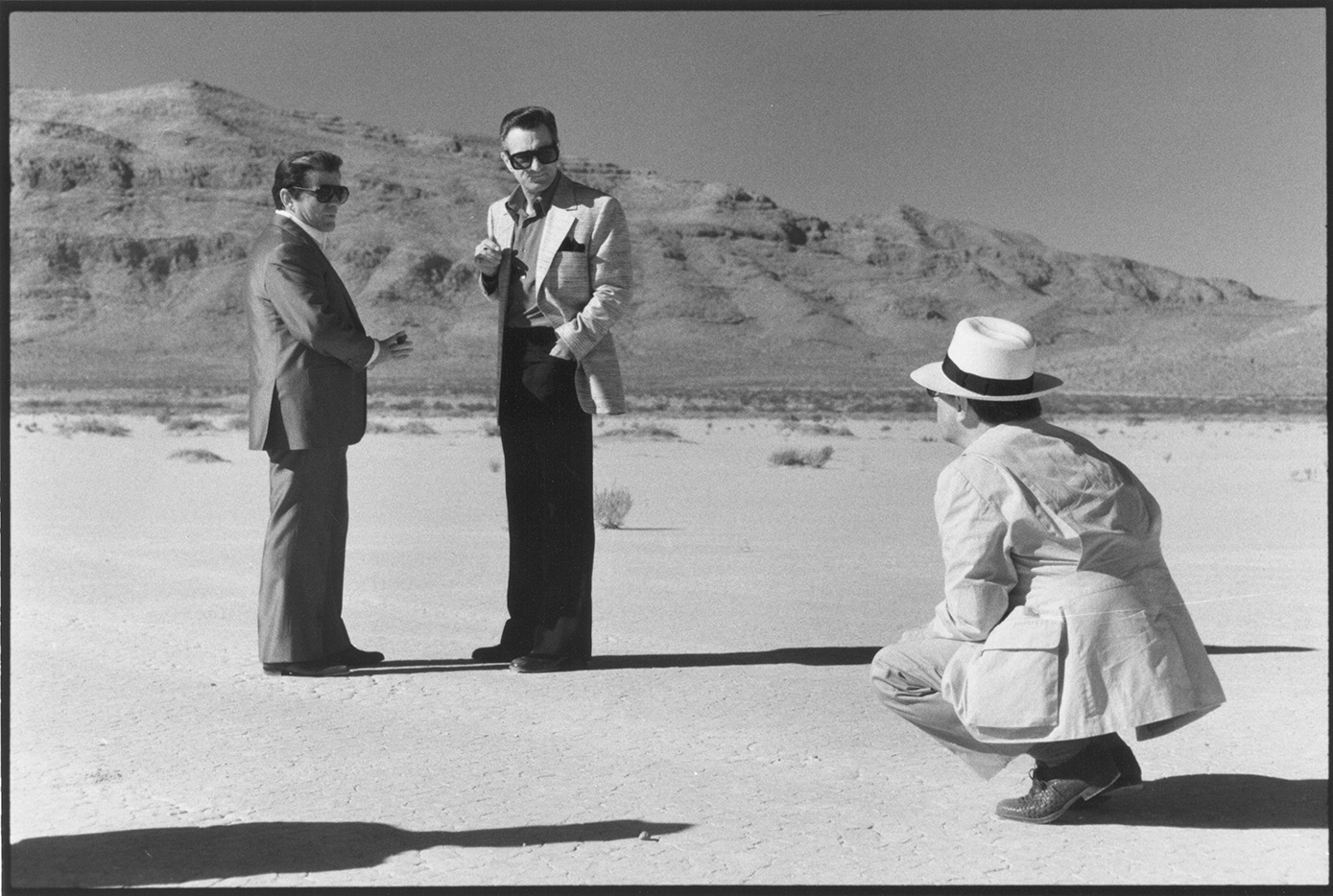
Joe Pesci, Robert De Niro, Martin Scorsese, Casino, 1995. Martin Scorsese Collection, New York.
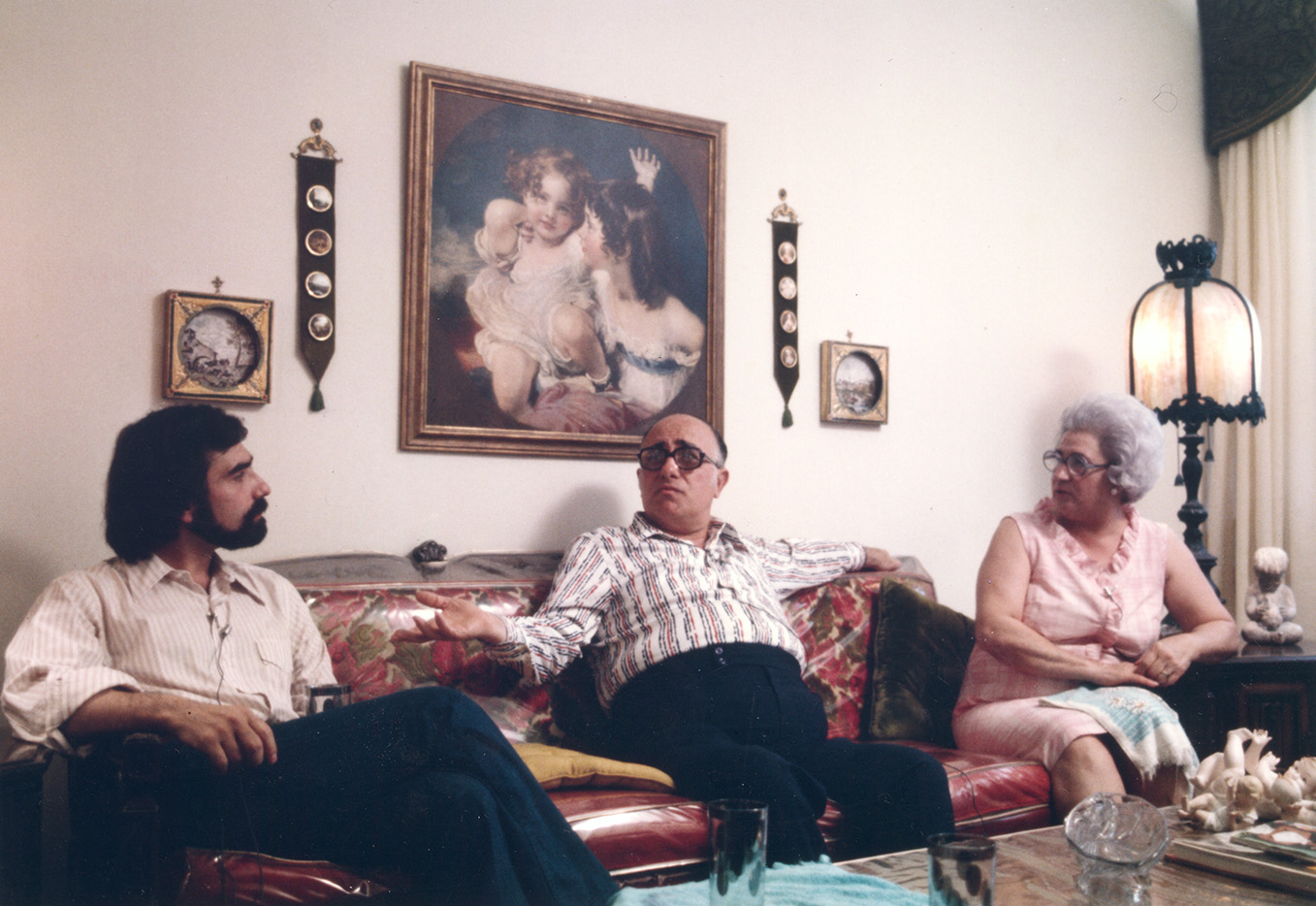
Martin Scorsese, Charles e/and Catherine Scorsese, Italianamerican, 1974. Martin Scorsese Collection, New York.
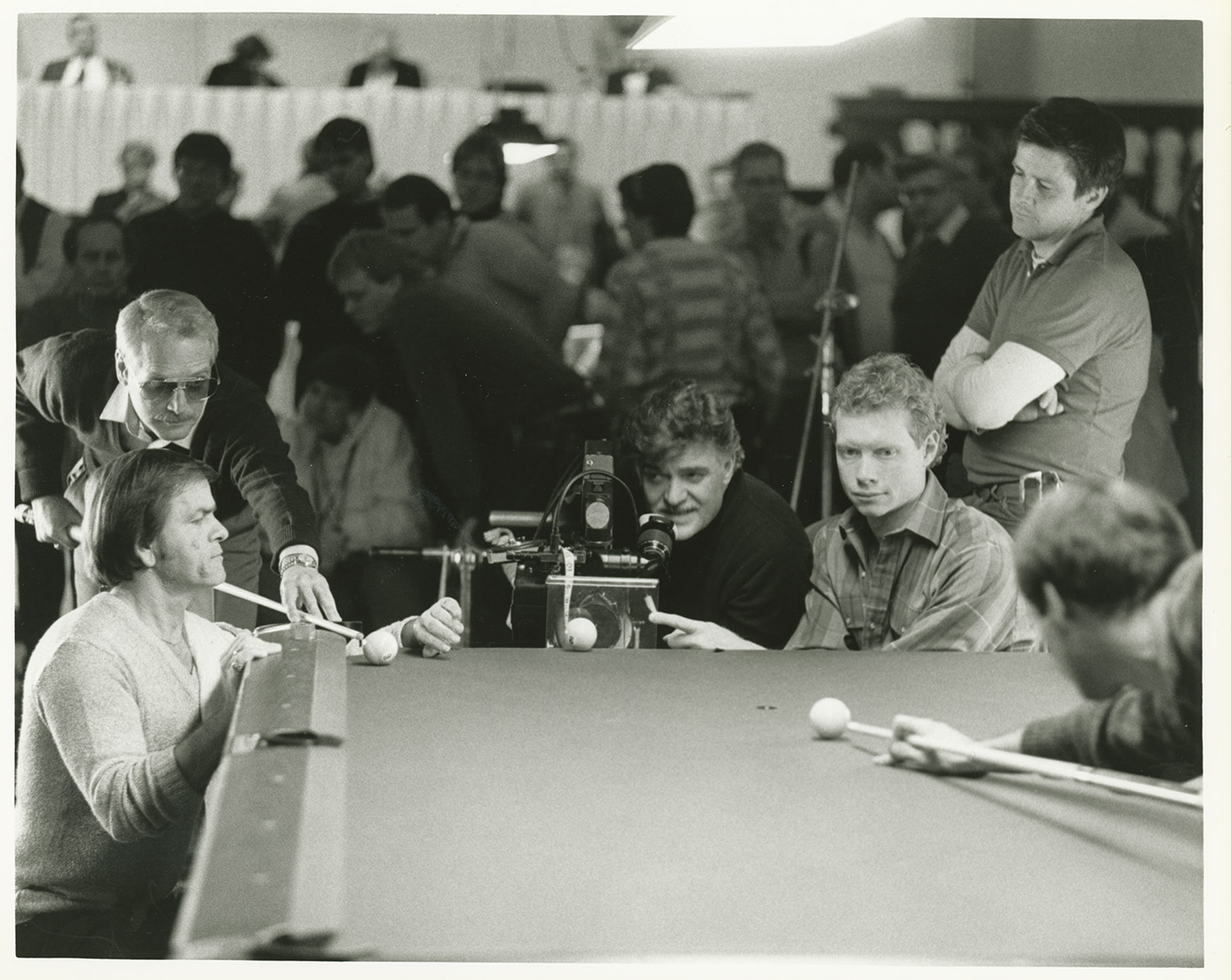
Michael Ballhaus, The Color of Money, 1986. Martin Scorsese Collection, New York.
